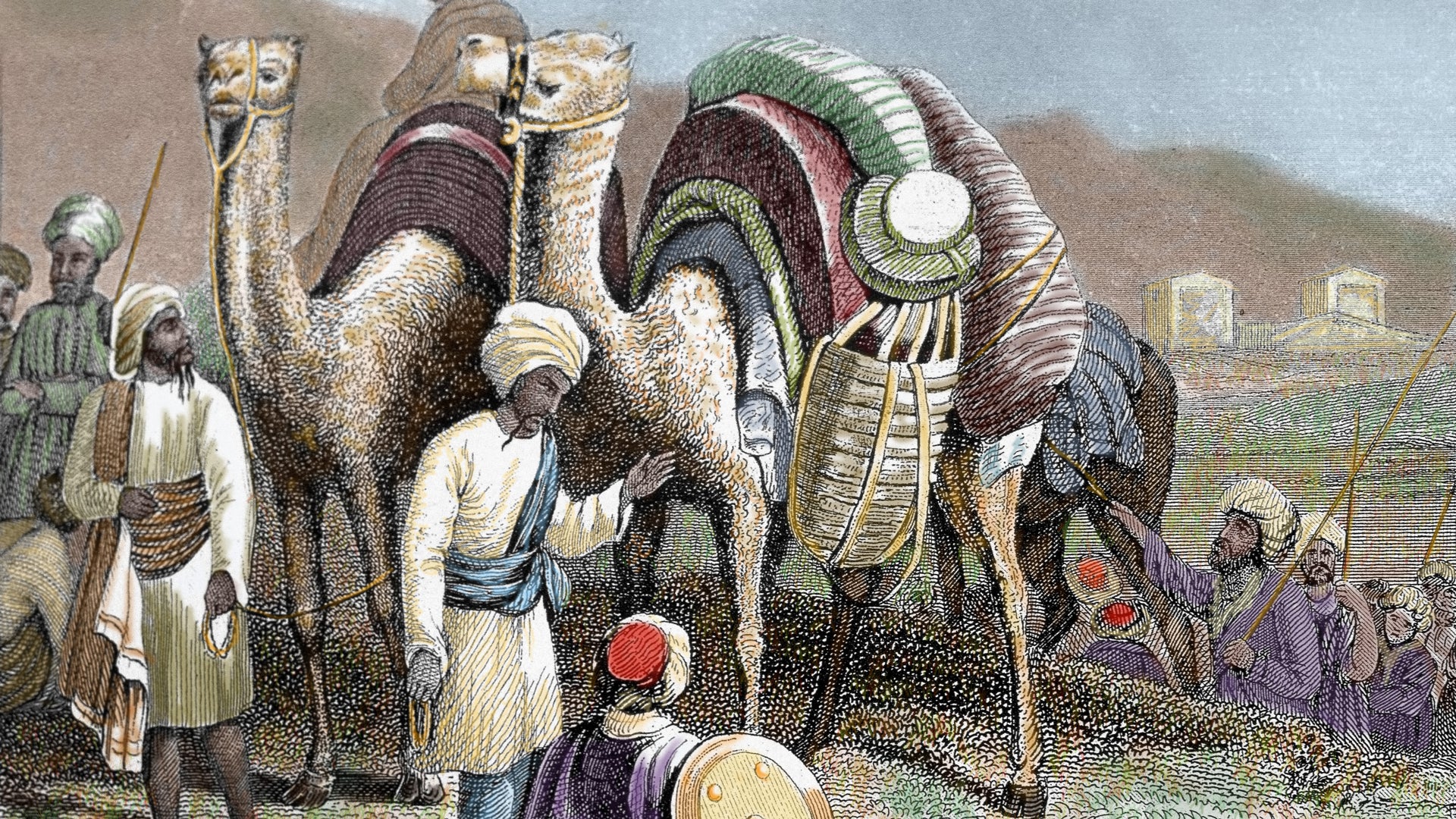
The Silk Road: Historical Trade and Cultural Exchange
The Silk Road was a vast network of trade routes that emerged in ancient times, connecting the East and West. Established during the Han Dynasty (206 BCE - 220 CE), it became a crucial channel for the exchange of goods, culture, and ideas between Asia and Europe. The term “Silk Road,” first coined in the 19th century, highlights the significance of silk trade, which was immensely valued across various civilizations. However, the Silk Road was more than just a conduit for silk; it played an integral role in fostering cultural interactions that shaped the societies involved. Its legacy continues to influence global trade and cultural exchanges today, underscoring its historical importance.
Key Commodities Traded
The Silk Road was characterized by the exchange of a diverse range of commodities, each significantly impacting the economies of the regions involved. Among the most notable exports from China was silk, a luxurious fabric that symbolized wealth and status across many cultures. Alongside silk, China imported essential goods such as horses from Central Asia, vital for their military strength. Additionally, spices, precious stones, glassware, and textiles were commonly traded, enriching the material culture of the regions connected by these routes. This exchange of commodities not only transformed local economies but also influenced culinary traditions and artistic expressions, leaving a lasting imprint on the cultures along the Silk Road. The movement of these goods exemplifies the interconnectedness of civilizations and the economic dynamics that shaped their development.

Cultural and Religious Exchange
Beyond trade, the Silk Road served as a significant pathway for cultural and religious exchange. One of the most notable transfers was the spread of Buddhism from India to China, which profoundly altered the spiritual landscape of East Asia. This exchange facilitated the sharing of ideas, art, and practices, leading to the establishment of Buddhist monasteries along the trade routes. Similarly, Islam spread through Central Asia, impacting local customs and practices, and creating a rich tapestry of diverse cultural identities. The interactions among different cultures fostered artistic and intellectual achievements that remain influential today. The blend of traditions, philosophies, and religious beliefs created a dynamic environment where creativity thrived, showcasing the Silk Road as a melting pot of cultures that enriched human civilization.
The Role of Empires
Several empires played pivotal roles in the development, protection, and promotion of the Silk Road. The Han Dynasty was instrumental in initiating trade with the West, driven by a desire for horses and other goods. The Roman Empire, despite its geographical distance from the East, became a significant consumer of silk and other luxury products, highlighting its desire to engage with distant lands. Additionally, the Persian Empire acted as a crucial intermediary, facilitating trade between East and West. These empires contributed to the infrastructure, security, and administrative frameworks necessary for the smooth operation of trade routes. Their efforts ensured the continuous flow of goods and ideas, demonstrating the interconnectedness of civilizations and the importance of political stability in fostering commerce and cultural exchange.
The Influence of Geography
Geography played a vital role in shaping the Silk Road’s routes and trade dynamics. The network traversed diverse terrains, including mountains, deserts, and plains, each influencing the types of goods traded and the cultures encountered. Major trade cities, such as Samarkand and Bukhara, emerged at key geographical intersections, serving as bustling hubs of commerce and cultural exchange. These cities facilitated the exchange of ideas, technologies, and artistic expressions, contributing to the development of vibrant cultural identities. The challenging landscapes also necessitated the development of innovative transportation methods, including caravans and boats, adapting to the diverse environments along the routes. Understanding the geographical context of the Silk Road is essential for appreciating the complexity and richness of its trade networks.
Modern Implications of the Silk Road
The historical significance of the Silk Road continues to resonate in modern times, with contemporary trade routes echoing those ancient paths. Today, globalization has created a network of interconnections that reflect the spirit of the Silk Road. Initiatives such as China’s Belt and Road Project aim to revive and expand these historical trade networks, focusing on economic cooperation and cultural exchange. This modern interpretation of the Silk Road emphasizes the importance of connectivity in a globalized world, fostering dialogue among nations and cultures. The ongoing discussions surrounding trade and cultural exchange highlight how historical connections can provide valuable insights into contemporary challenges, reminding us of the enduring legacy of the Silk Road and its role in shaping human interactions.
Conclusion
The Silk Road transcended its role as a mere trade route; it was a significant conduit for cultural and religious exchanges that shaped civilizations. Its legacy is evident in the diverse cultural practices, artistic expressions, and goods that we encounter today. Understanding the history of the Silk Road allows us to appreciate the intricate web of interactions that contributed to the development of human societies. As we navigate the complexities of a globalized world, the lessons from the Silk Road remind us of the value of cooperation, mutual understanding, and the shared heritage that connects us all. The Silk Road not only facilitated trade but also fostered a deep appreciation for cultural diversity, setting a precedent for future interactions among civilizations.
